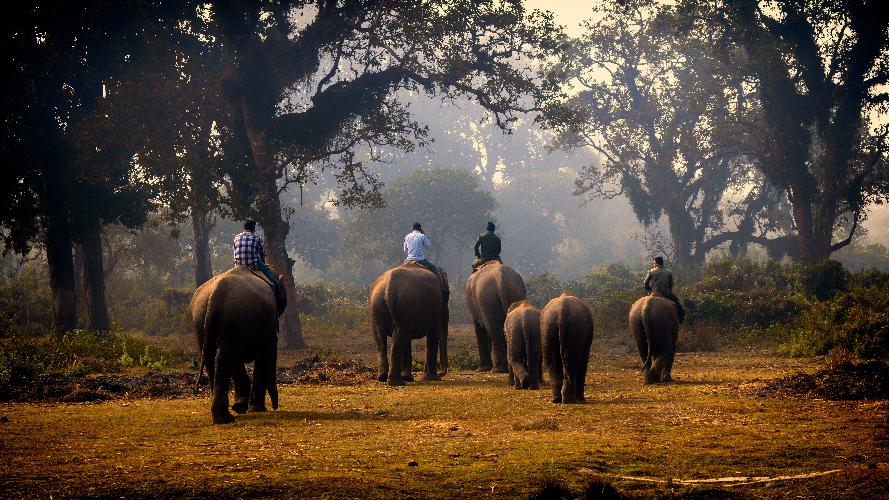The process of change and its challenges and benefits has been on my mind of late as I knuckle down to get my own ‘solopreneur' business off the ground after nearly 40 years of being an employee in large organisations.
I bought a copy of a book called Switch: How to Change Things When Change is Hard by Chip and Dan Heath as I'd seen the 2 minute summary of the concept on a You Tube video and wanted to find out more.
I love the model they adopted from the book ‘The Happiness Hypothesis' by Psychologist Jonathan Haidt. This model sees our rational side as the Rider of the Elephant with the Elephant being our emotional side. So, even though the Rider is in the driving seat, if a 6-tonne elephant doesn't like the direction of travel there won't be any progress along the path. In the model the path represents Change and the external environment. This means that attempts at change may fail if the Rider can't keep the Elephant on the road for long enough to reach the destination.
It's the Elephant which has the drive and the energy to get things done whilst the Rider provides the planning and direction. To get things done we need to appeal to both. When both are moving together then change can come easily. However, without a clear purpose and rationale for change and a roadmap for how it will be achieved, the Elephant can get worn out trying to understand what needs to happen. It can be plagued by uncertainty, lack focus, feel frustrated and then withdraw cooperation. It's so important to engage our emotional side to get us onboard and cooperating with any proposed changes.
Sometimes the rational Rider will overanalyse and come up with problem after problem. Whilst addressing potential problems is important, it can sometimes lead to analysis paralysis and a reluctance to proceed with change. When change is needed, or would be highly desirable, this is a pitfall, hence the need for ‘bright spots'. Brights spots are examples of good practice and successes that can demonstrate the benefits that making changes in any given situation can achieve. It starts with the premise of ‘what's working right now and how can we do more of it?' rather than the problem focussed ‘what is broken and how do we fix it?'
The model can be applied to so many changes that we as humans try to make; for example, overeating, trying to stop smoking and failing, not going to the gym or not speaking up because we feel scared. It's also very applicable to organisational change. Not considering all three elements, particularly what the Elephant needs, can lead to resistance and sometimes failure to implement changes effectively.
I have experienced this in my own business. I had ideas in my head about what I need to do to market myself as a coach but they were, with hindsight, actually pretty airy fairy. So, I would make a plan for the day – work on my Facebook group, set up a Facebook business page, look at the practicalities of running a business, attend free online webinars that looked like they might help (most didn't…) and read around what makes a great coach. By the end of each day there was nothing very tangible to show for the work I'd done and this was demoralising. As time when by I realised my approach needed to change to be effective.
With help from my long- suffering partner, I knuckled down to produce a Business Plan. It took days of effort and focus and, my word, do I wish I'd done this at the very beginning; hindsight is of course, 20/20 vision.
My Rider is now happy that I have a clear plan of action for the next 12 months. My Elephant has clarity on the direction of travel and the reasons for this direction, and the destination is clear. There will be stumbling blocks on the way but knowing where I want to go, the best way to get there and that my rationale is to provide me with the satisfying career and a decent income is what drives me. My bright spots are seeing my peers with successful coaching businesses, loving what they do. They are helping clients to make real change in their lives.
In summary, to change behaviour, we must direct the Rider, motivate the Elephant and shape the Path. When these three things are in place and aligned, significant change can happen even without lots of resources or power behind you.
It's working for me and I recommend the model to anyone who wants to effect real and lasting change.
14 December 2022
